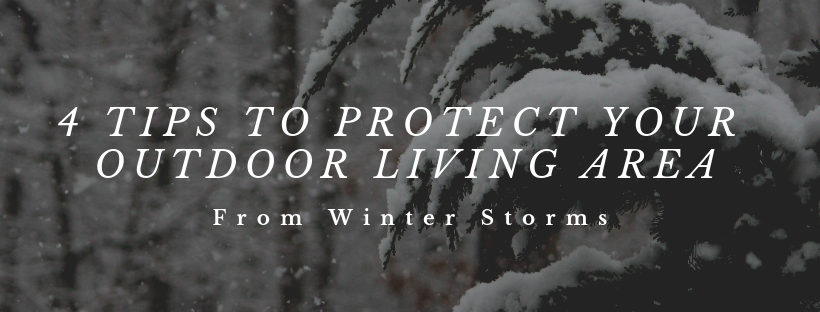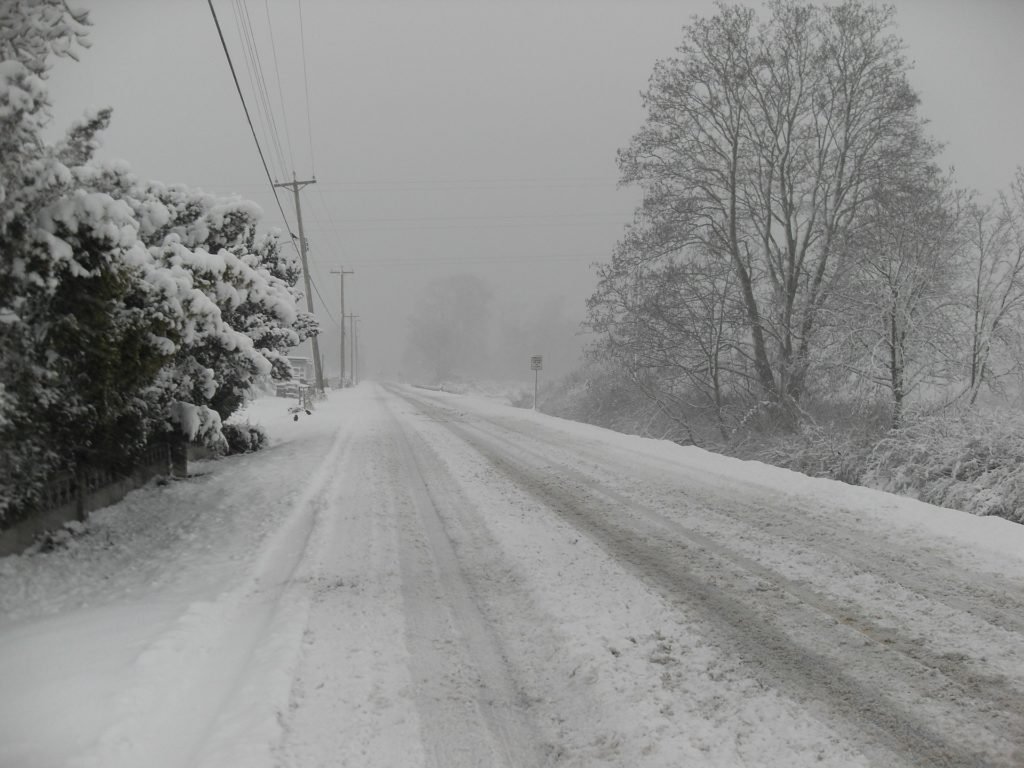4 Tips to Protect Your Outdoor Living Area From Winter Storms

4 Tips to Protect Your Outdoor Living Area
Outdoor living areas are increasingly popular, and more and more people are looking for ways to enjoy their at-home getaways year-round. Even if you plan to use your outdoor living area in the winter, here are some tips to help you prepare for winter’s worst – so you can keep your living area at its best.
Enclosures
The surest way to protect your outdoor living space from the elements is to consider enclosing it, at least partially. A roof will protect against snow and rain; walls could be temporary and easily removed during the summer. Some people favor a glass enclosure, so they can still enjoy the view without being subject to inclement weather.

Prep Work
If you have a deck or other wood surface, preparation before winter starts is key. Move all furniture off of the wooden surface and clean it thoroughly. Make sure to get rid of any mildew or excess moisture. Leaving items on the deck in the winter can cause moisture buildup, which can cause serious damage to your deck. Once the deck is clean, apply a water repellent seal. If possible, cover it with a tarp. If that’s not feasible, make sure to remove snow as quickly as possible. (Don’t use ice melt – it can damage the deck’s finish.) If the deck or patio is made from concrete or natural stone, you should be able to clean with water and a brush, or a power wash.
COVER UP
If a roof or temporary enclosure isn’t an option, invest in quality covers for furniture and appliances. If you can, move outdoor furniture, appliances or planters inside. That goes for metal items, too – the moisture from rain and snow can cause rust. If that’s not possible, cover your items with an all-weather furniture cover, bag or tarp. Pick something durable and heavy enough to stay on even in wind, but not so heavy as to be unwieldy when you’re trying to put it on or remove it. If you can’t move furniture or items inside, tie them down or weight them to make sure they’re secure no matter how hard that winter wind blows. (Be sure to clean all furniture and appliances, including grills, before covering them up and storing them.)
Plants
If you have outdoor plants that may not weather the storm, take them inside. If they’re too large to transplant, protect them as much as possible. Wrap the base with an insulated material, like burlap. For some more sensitive plants, like fruit trees, the entire thing may need to be covered with a thin blanket overnight. For flower beds, cover them with wood chips, mulch or netting to protect them. Be sure to research what types of plants you have and how best to protect them from winter storms.
Still have questions? No matter the weather, we’d love to help! Contact us here.



